I follow the Fujirumors site, and noticed the other day that it seems that the latest GFX 100s date is now 2019! That totally surprised me as I had assumed up till now that the GFX 100s would easily make it out to users in 2018; at least by mid year. Instead Fuji is going to wait one whole year which is a long wait for the follow on to the GFX 50s. Here is a link to the Fujirumors post: Fujirumors-FujiGFX100S
This means I guess that the follow-0n chip from Sony, the 100MP 44:33 scale Medium Format chip must be delayed or no where as near along in production as many people have been led to believe. Sony has several medium format chip coming in 2018 per their latest road map, and the 100MP 44:33 sized chip is on that list for 2018. The current chip is 50MP and used by several camera companies, Phase One (IQ150,250 & 350), Hasselblad (X1D) and Fujifilm (GFX50s) and Pentax (645z) This chip is much older, being first brought to the market in around 2014 with the Phase One IQ250 quickly followed by the Pentax 645z. It’s a prove performer for sure with great dynamic range and resolution. Here is copy of the Sony roadmap showing the next generation in “full frame” MF chips and “cropped sensor” MF chips.
Fuji and Hasselblad both have taken and given the best from this chip as they both have EVF technology and electronic shutters, something Phase One never figured out or cared to figure out (the technology is there in the chip as Fuji and Hasselblad’s offerings camera 2.5 years later from the Phase One IQ250). But the chip does not have phase detect AF and that is a feature that most mirrorless camera have now. Phase detect allows the AF point to be placed on the chip and in theory are more accurate than the contrast detect that DSLR cameras like the Nikon D850 use. Personally I am not much of a believer that phase detect is more accurate, but for sure you get a lot for AF points over the entire sensor.
What does the 2019 date on the GFX100s mean? Well for Fuji, I guess it means that they will sell a lot more the 50s cameras especially since there has been pent up demand from photographers who were waiting to see when the 100s will announce and ship. Not sure how many of them will be willing to wait 14 or so months for the 100s. The rumored price is for the 100s is around 9K, which is considerably higher than the 6.4K the 50s sells for currently and more thank likely the 5K the 50s will start to sell for mid 2018 as Fuji starts to clear out existing inventory.
- The biggest winner here in the Medium Format world is Phase One. WHY? Well lets look for a second at the current Phase One offering.
- Their MF body is the XF, which is huge, heavy and not mirrorless
- Their best lenses are the Blue Ring” Schneiders all of which are both expensive and heavy, none of which would work well on a mirrorless camera system due to the mass and weight.
- Phase One currently offers 100MP in the IQ3100 and tricolormatic backs (there is also the B&W back), so if Phase gets the new 150MP chips show in the chart above in 2018 and brings them to market by mid 2018 or 3rd quarter 2018, they will have a chance to gain Market share
- Since both Fuji and Hasselblad are mirrorless in design, but won’t have a new camera until 1 quarter 2019, Phase One has a lot more room to attempt to get out a mirrorless offering of their own. (this is overdue in my opinion)
This will also help the 35mm Digital camera market, of Sony (A7 family) Nikon (D850) and Canon (when and if they offer an improved 5Dr). All of these companies already have 45MP to 50MP cameras in the 35mm format with a huge offering of lenses, vastly larger than either Phase One or Fuji currently have. So possibly more photographers will now move towards the 35mm cameras with larger sensors then wait 1 full year to get the 100s or X2D (whatever Hasselblad wants to call it). There are always the rumors that Sony will sometime soon enter the MF market also, with either a fixed lens camera or a entire system like Fuji’s. So many more options are possible. The fact that Fuji now seems to feel that 2019 is the soonest for the 100s also makes me wonder if Sony is working on a camera for 2018 which will use the 100Mp 44:33 sensor? Why not, they make great cameras for sure.
Anyway, my thoughts were all wrong for 2018. I had figured that 2018 would be the year that MF digital starts to really take over the higher end market since at least 2 companies would have 100MP solutions in the 8K to 14K price range. Without anything new to help push the pricing down, there is no reason for Phase One to lower their price point. They have never been in a “gain more market share, buy the business” type of model. Currently, the IQ350 would cost out in the 25K to 30K range new with an XF body and 80mm lens. You can get into the IQ150 (the IQ250 is no longer being manufactered) for around 14K to 17K depending on what you are looking for. And Phase One has been more aggressive recently in the lower end 50MP camera line since Hasselblad has their 50c out. But none of these cameras are mirrorless, and they rely on the older style H6D or XF camera bodies.
Fuji has always stated that all of their lenses are designed around the resolution needs of a 100MP sensor in the 44:33 size. I am now sure how they determine that without a sensor/camera to test, but I will give them the benefit of the doubt. So far their lens offering have all be excellent for the GFX system. Now for 2018, we can only expect to see something from Phase One, in the 150MP space and that again will only work for about 2% of all the photographers in the world, not a big market for sure. I am still shocked that Fuji will not be able to bring the 100s out in 2018, as a year long wait in the digital camera world is huge and many products can and will be brought to market that may challenge even 100MP.
Written for “paulcaldwellphotography” on 12/04/17 by Paul Caldwell
Information and pictures for the FujiFilm 100s were obtained from Fujirumors.com, however I have not directly copied anything from their site, beside the one picture of which I have given full credit to Fujirumors.com.

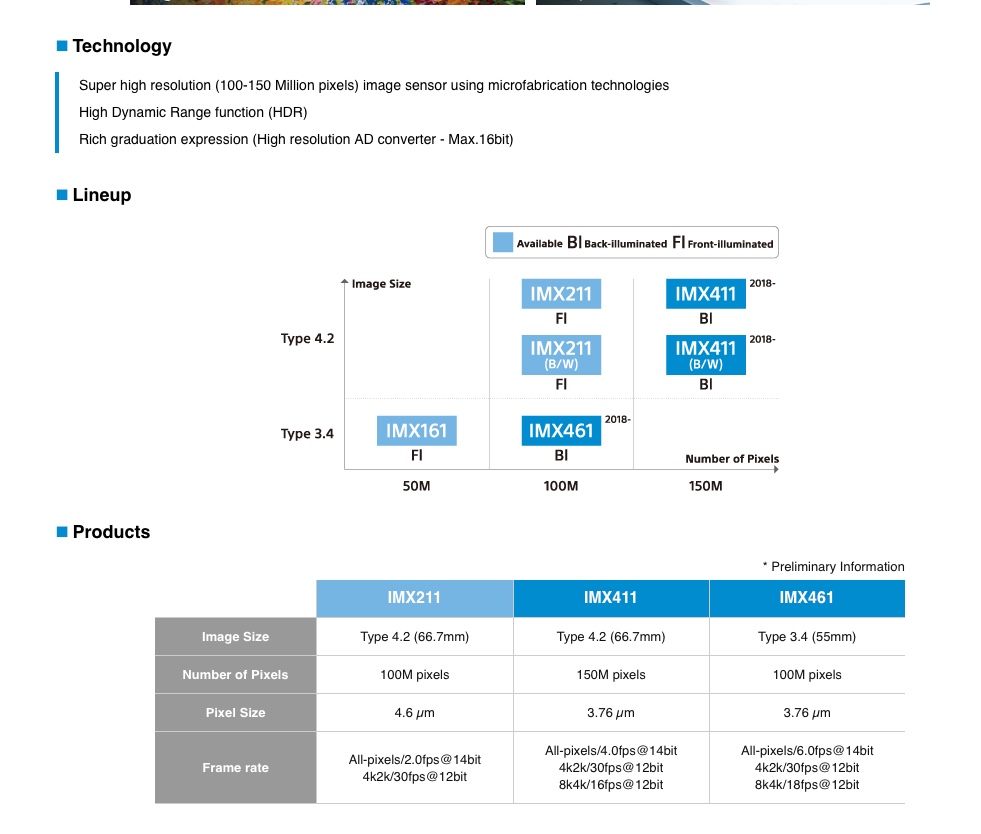

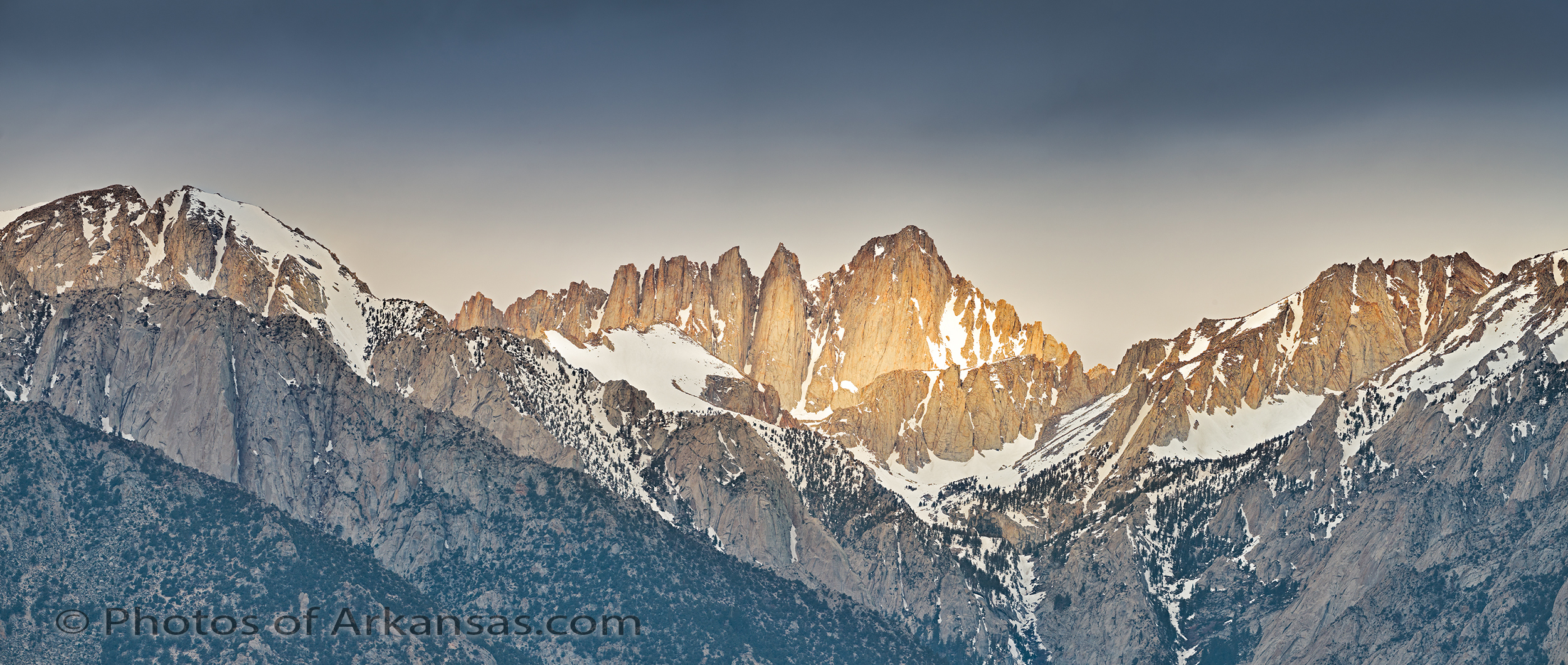

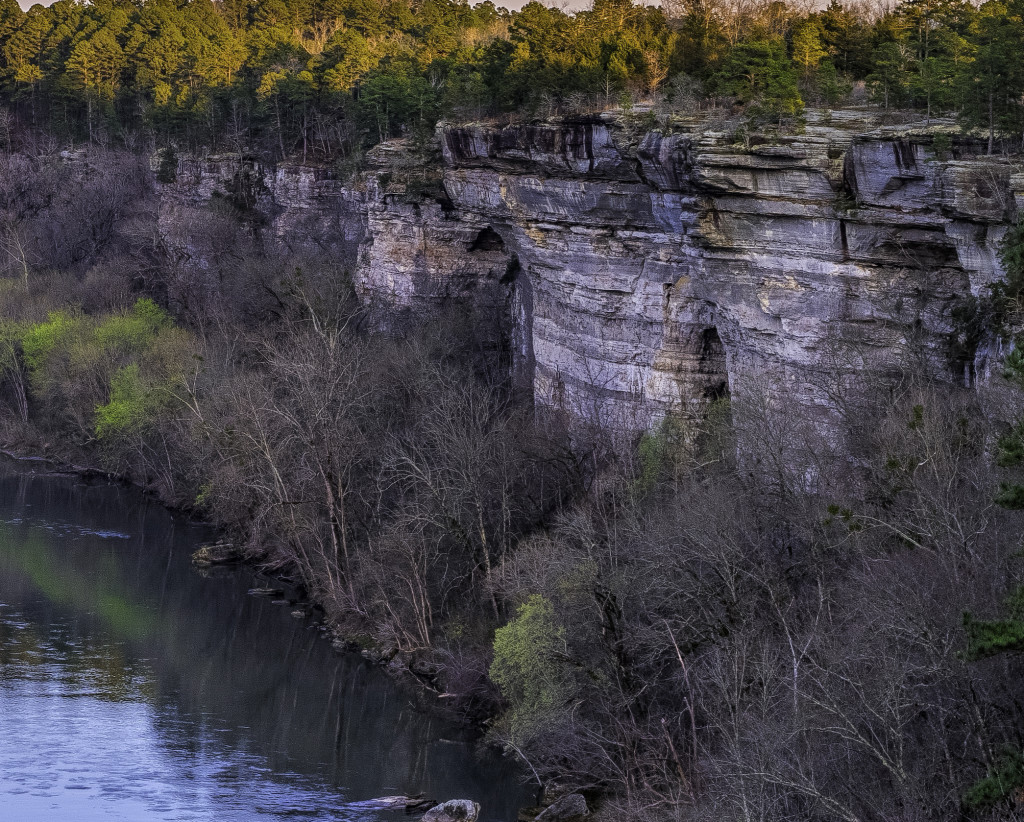
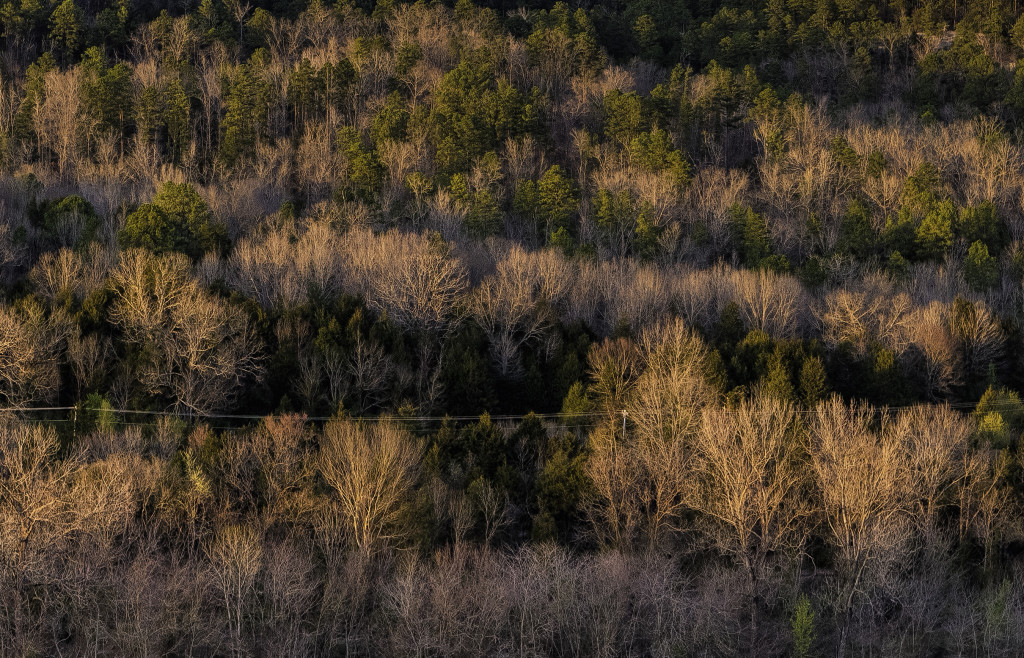
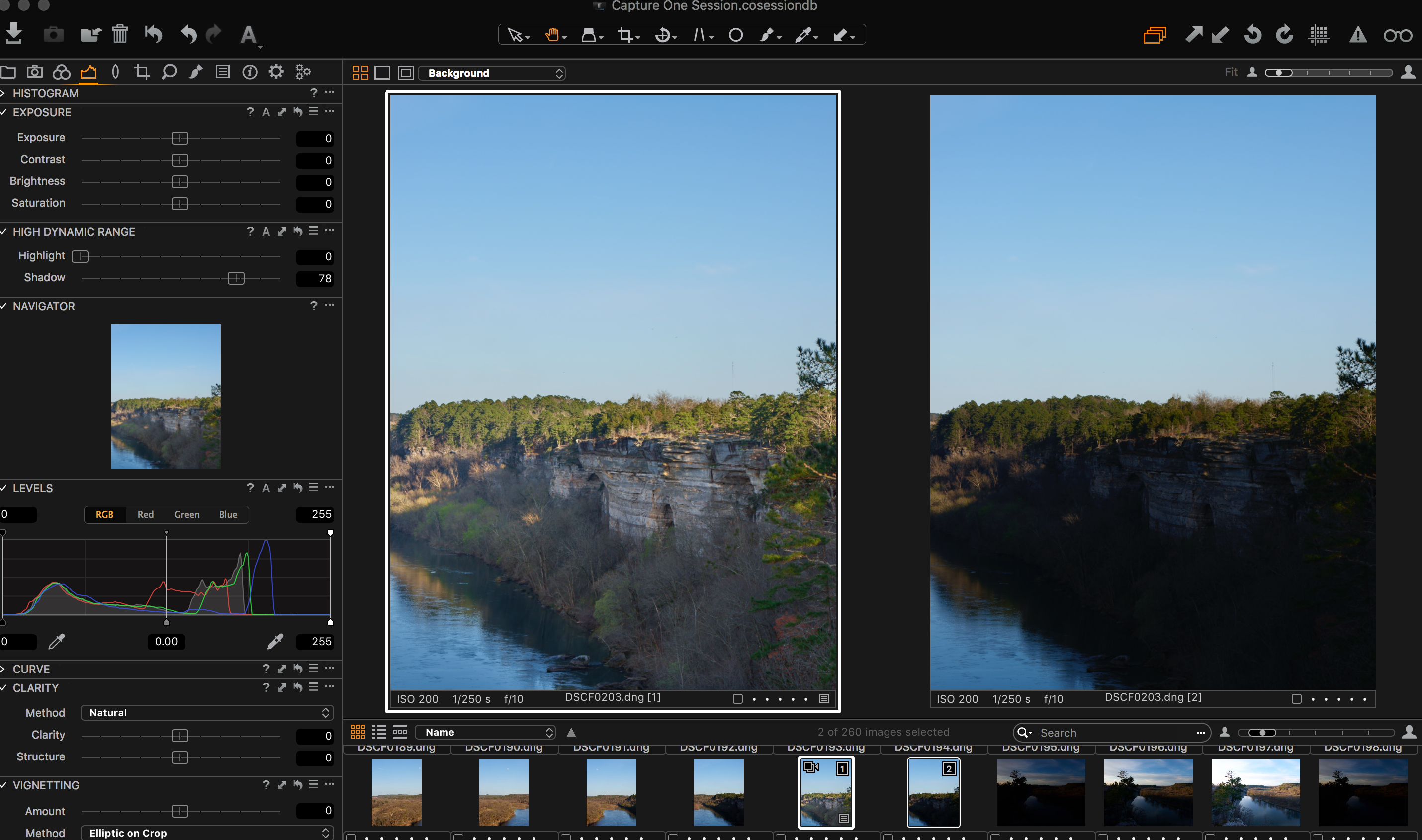
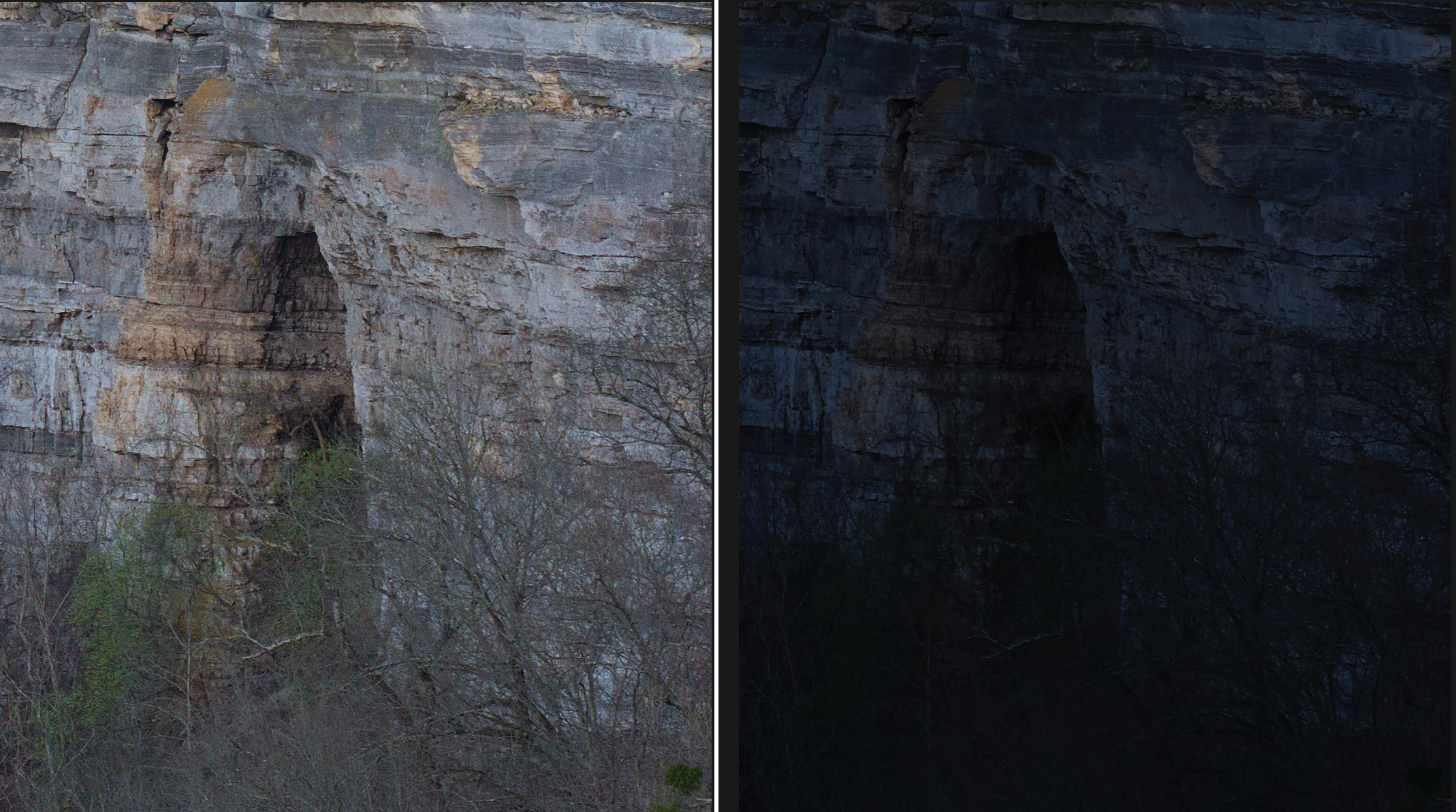
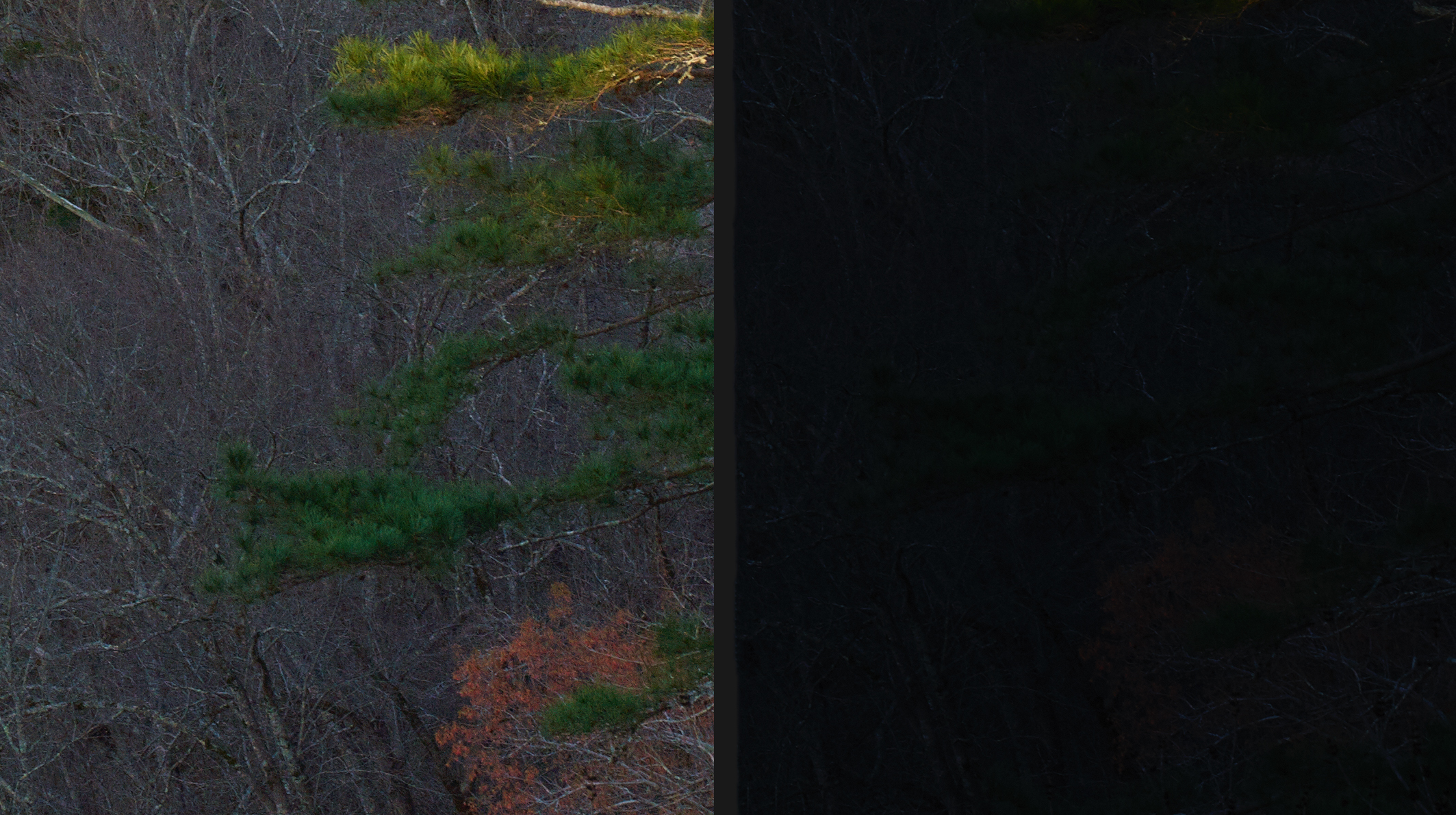
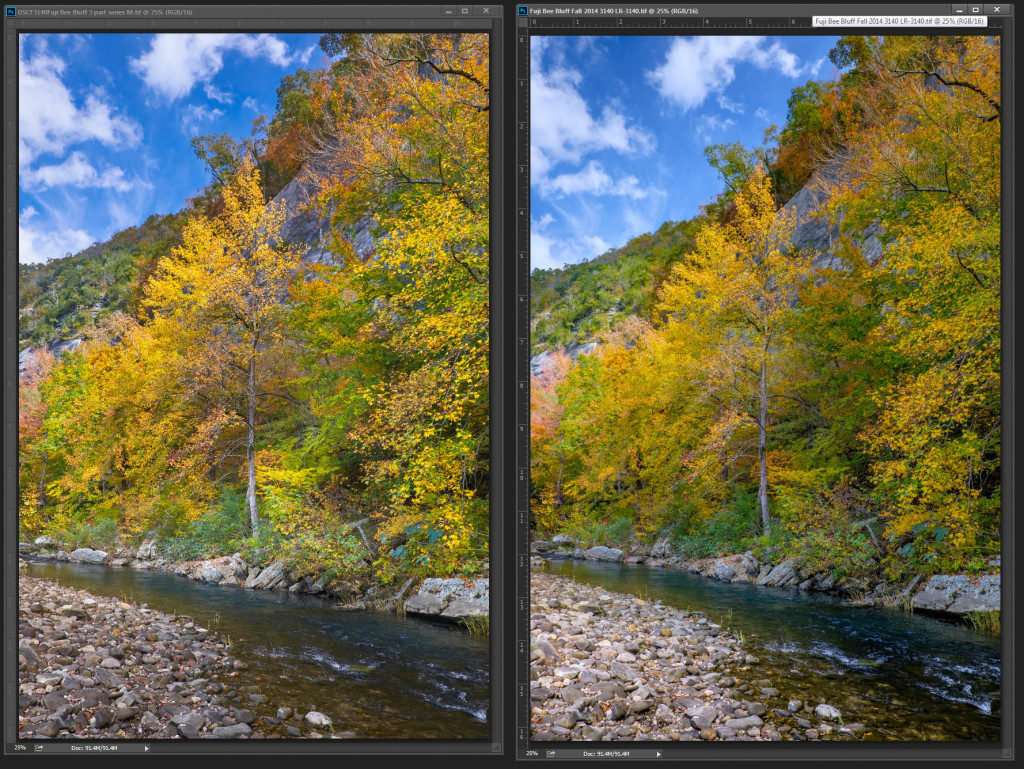
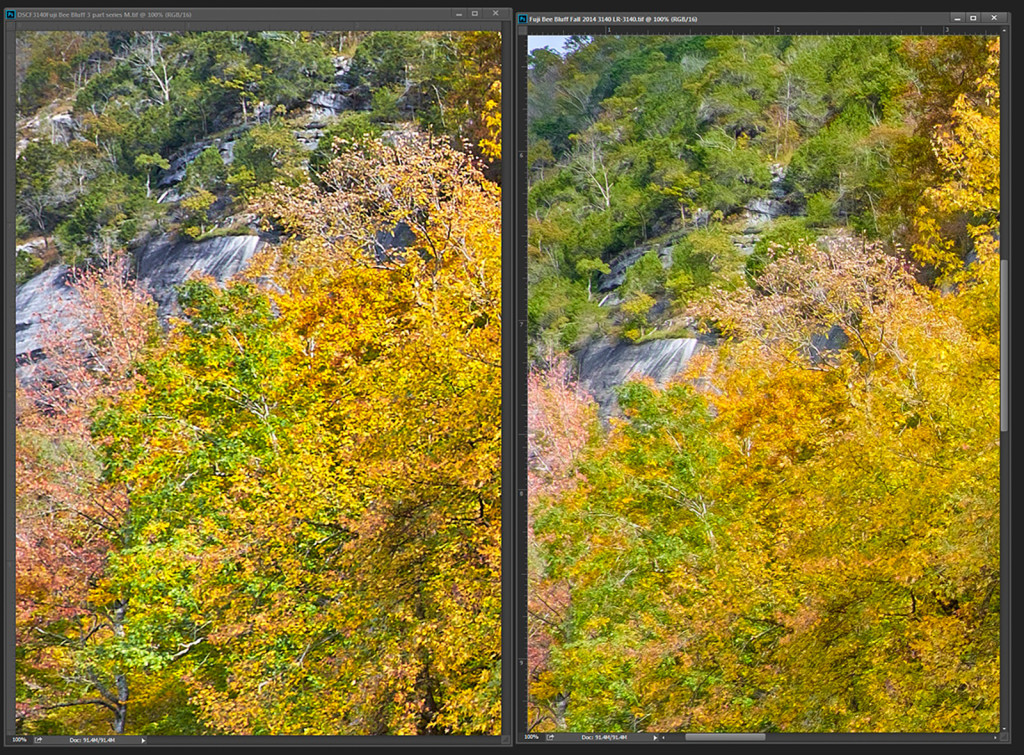
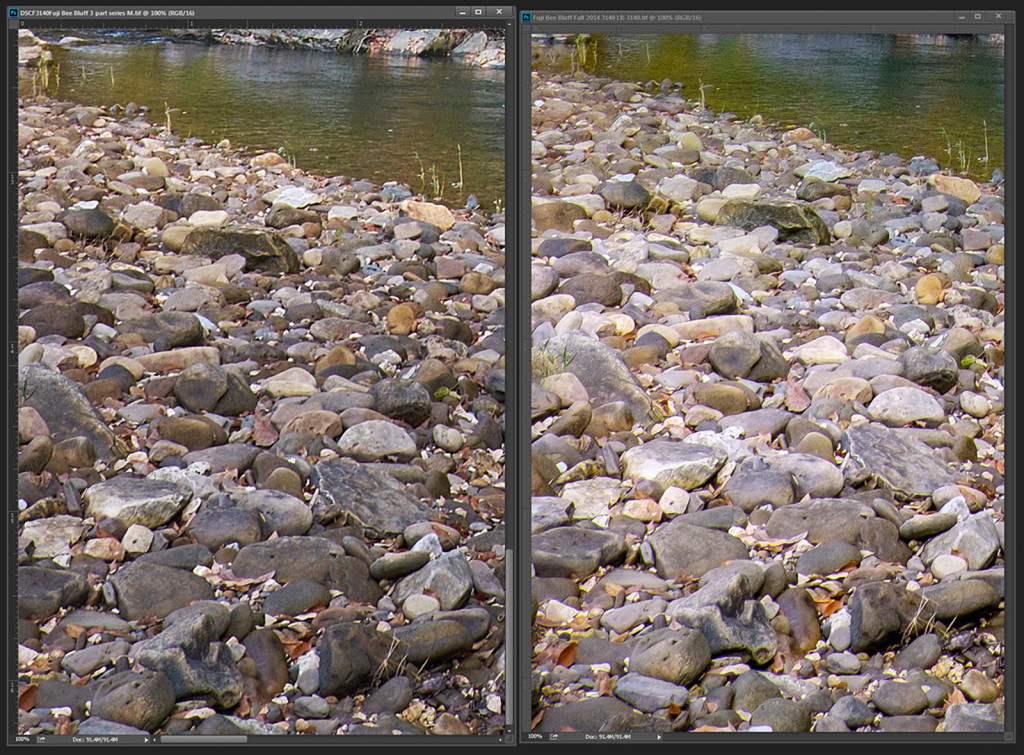
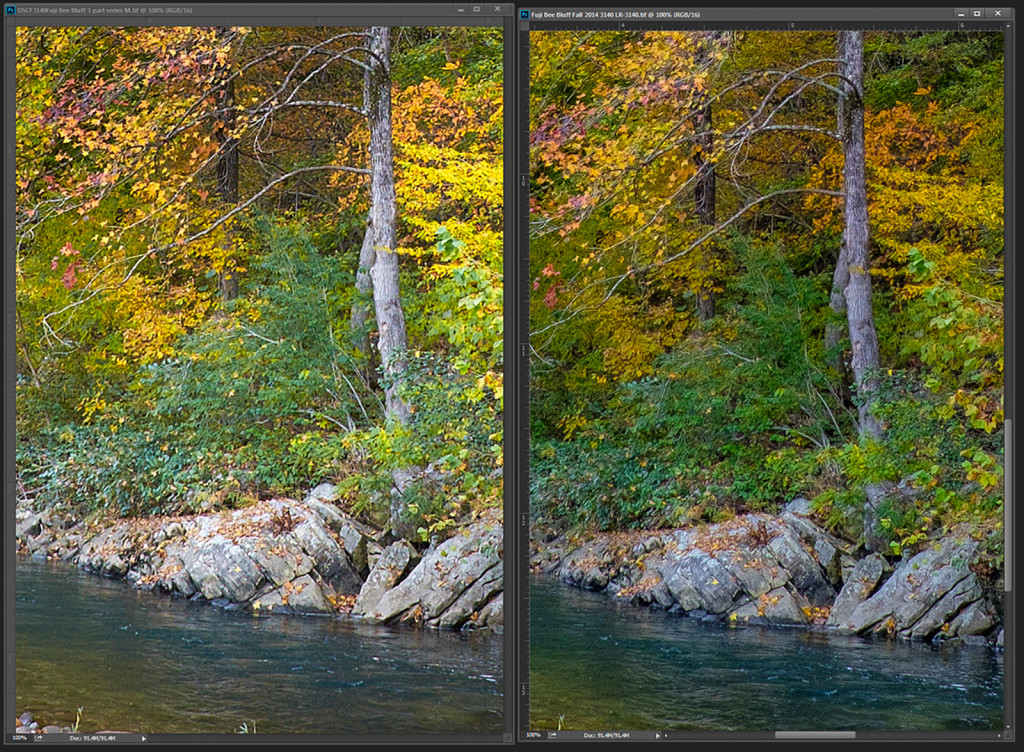
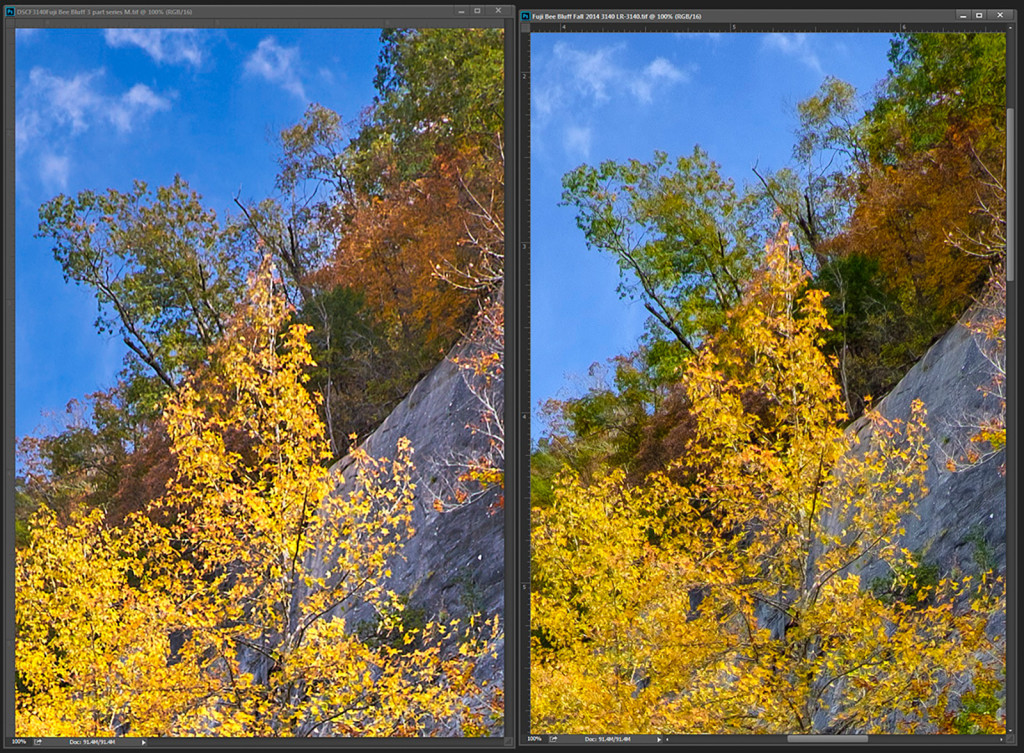
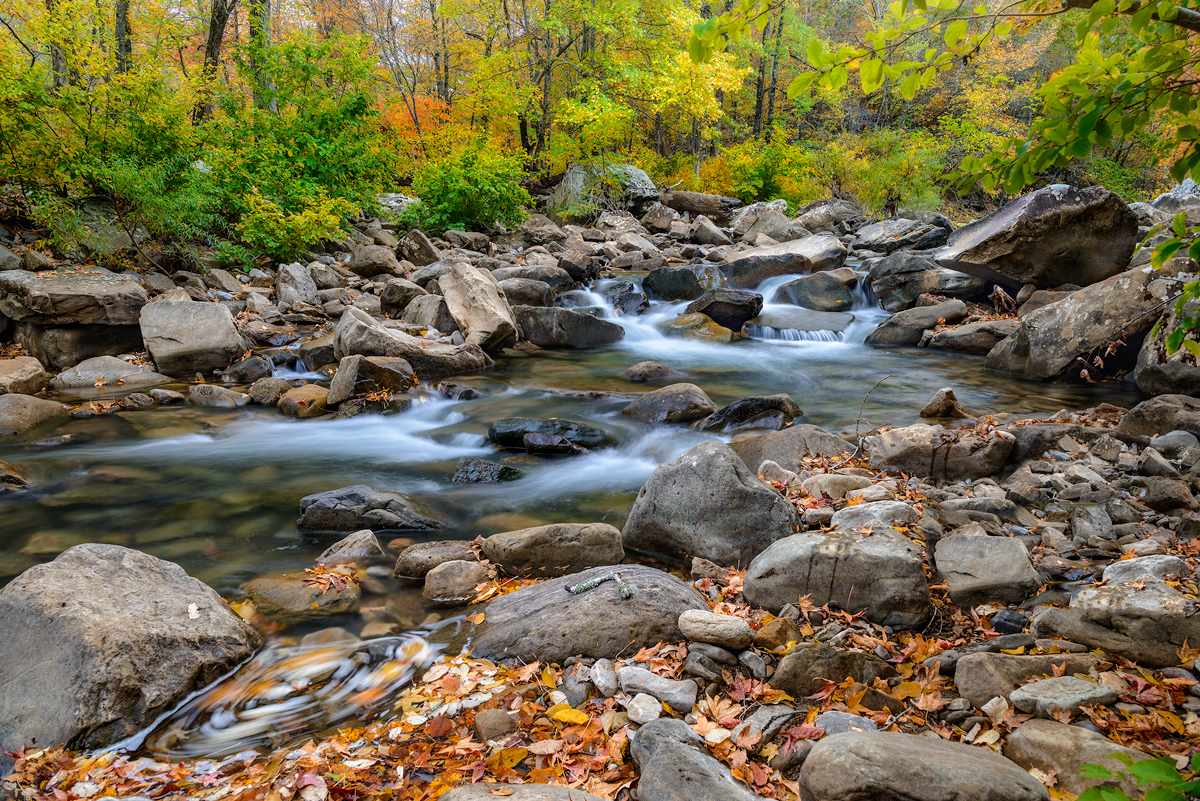
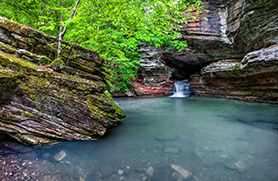
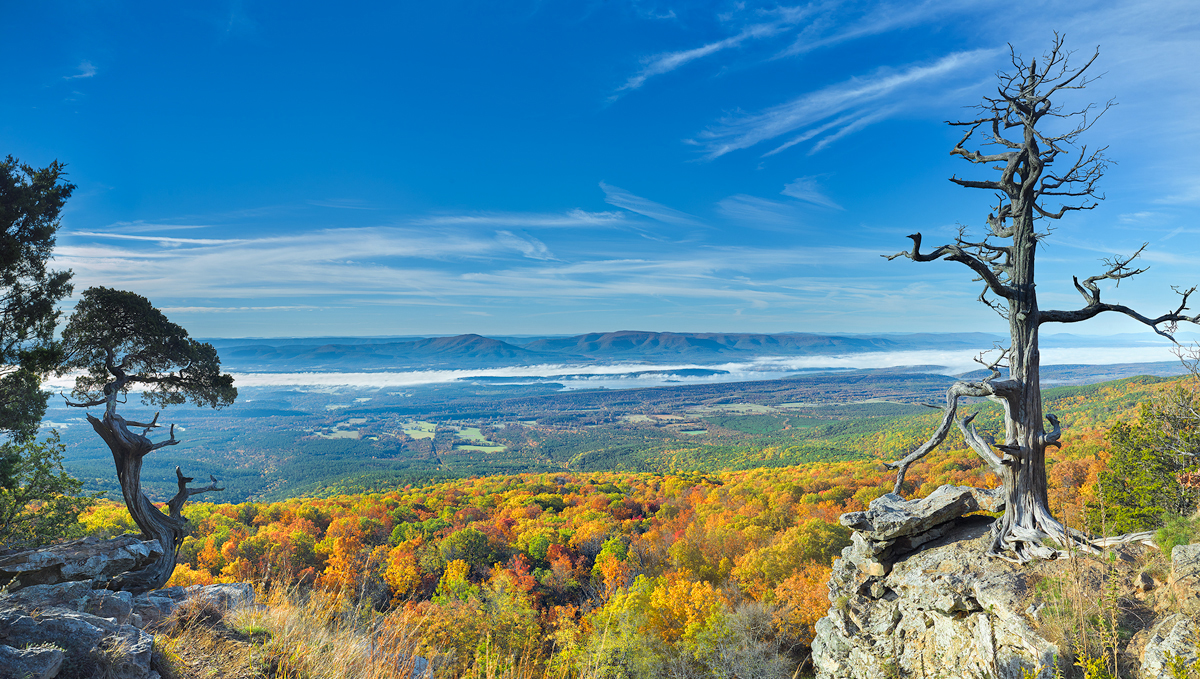
Recent Comments